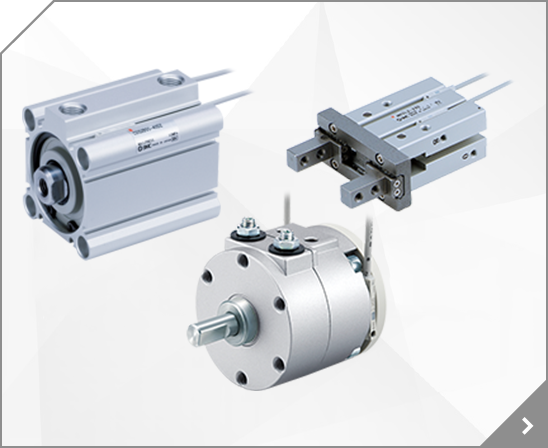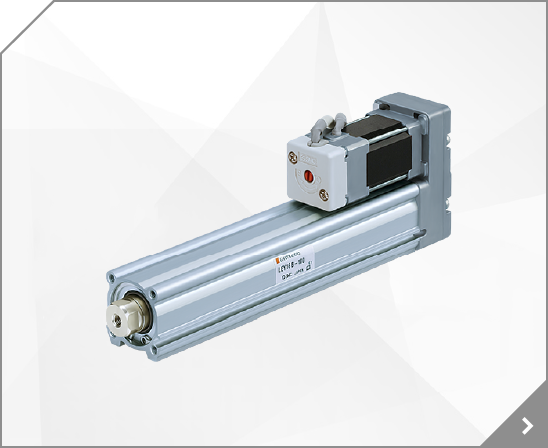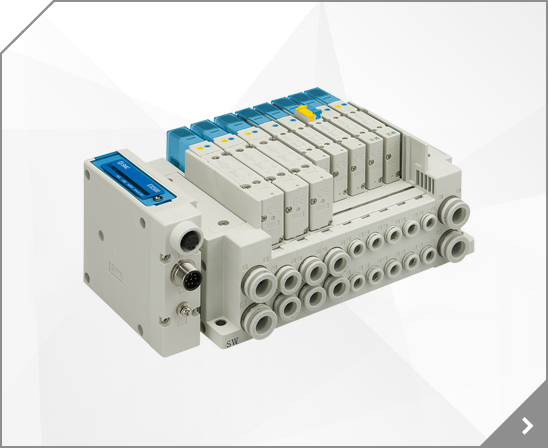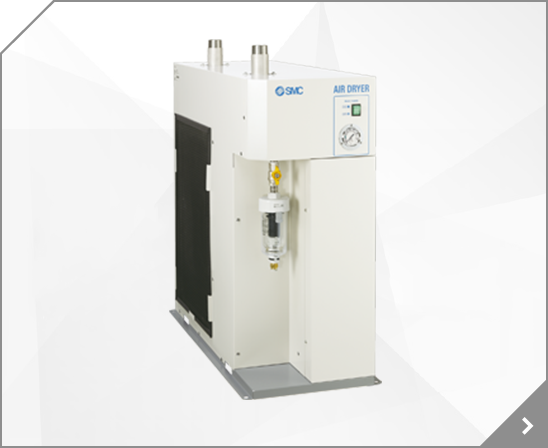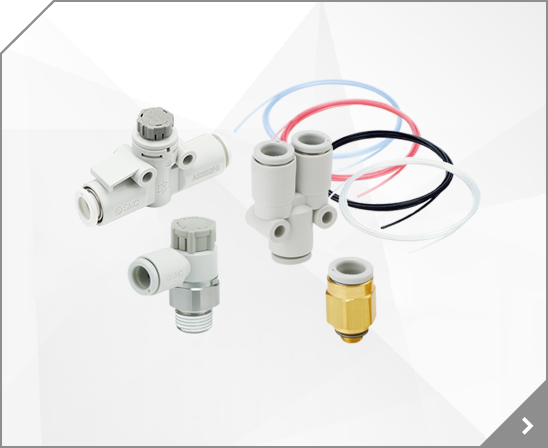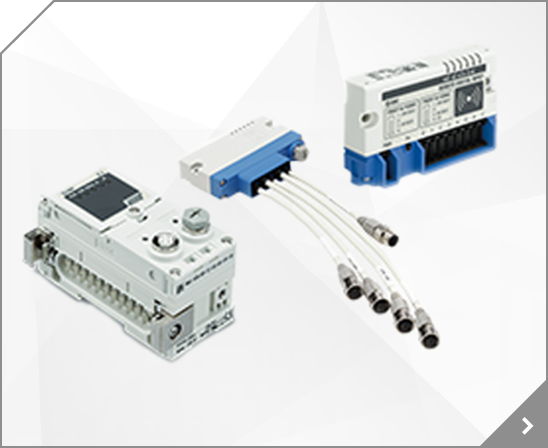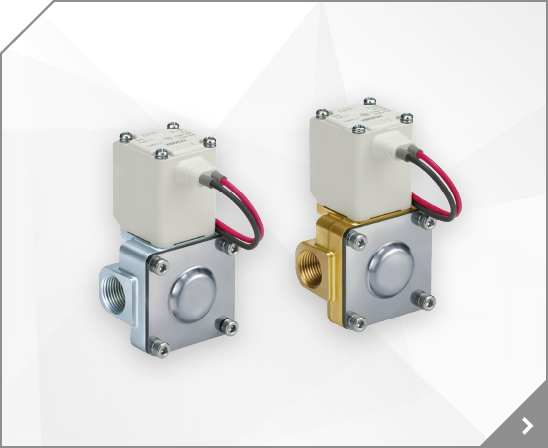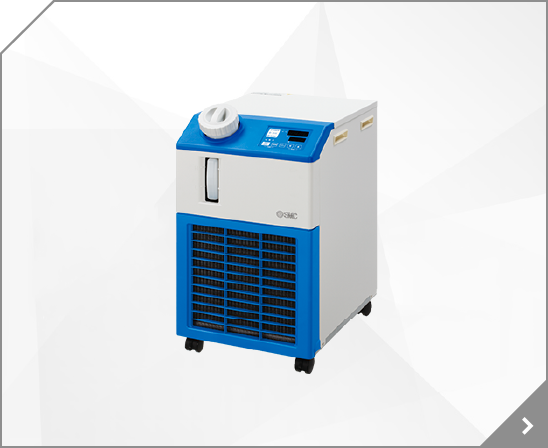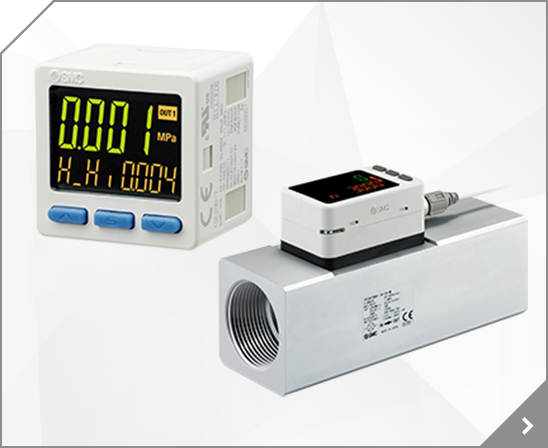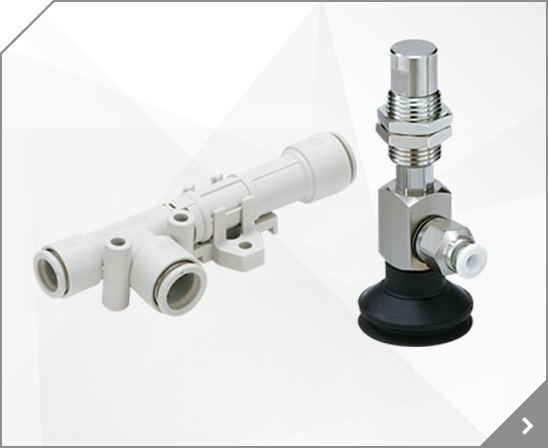
38 diameters from 2 to 340mm, and offer a variety of?pad materials and designs to choose from. The ZP2 series was designed to standardize special products designed for the ZP series.?
38 diameters from 2 to 340mm, and offer a variety of?pad materials and designs to choose from. The ZP2 series was designed to standardize special products designed for the ZP series.?
38 diameters from 2 to 340mm, and offer a variety of?pad materials and designs to choose from. The ZP2 series was designed to standardize special products designed for the ZP series.?
38 diameters from 2 to 340mm, and offer a variety of?pad materials and designs to choose from. The ZP2 series was designed to standardize special products designed for the ZP series.?
38 diameters from 2 to 340mm, and offer a variety of?pad materials and designs to choose from. The ZP2 series was designed to standardize special products designed for the ZP series.?
38 diameters from 2 to 340mm, and offer a variety of?pad materials and designs to choose from. The ZP2 series was designed to standardize special products designed for the ZP series.?
38 diameters from 2 to 340mm, and offer a variety of?pad materials and designs to choose from. The ZP2 series was designed to standardize special products designed for the ZP series.?
38 diameters from 2 to 340mm, and offer a variety of?pad materials and designs to choose from. The ZP2 series was designed to standardize special products designed for the ZP series.?
38 diameters from 2 to 340mm, and offer a variety of?pad materials and designs to choose from. The ZP2 series was designed to standardize special products designed for the ZP series.?
38 diameters from 2 to 340mm, and offer a variety of?pad materials and designs to choose from. The ZP2 series was designed to standardize special products designed for the ZP series.?
38 diameters from 2 to 340mm, and offer a variety of?pad materials and designs to choose from. The ZP2 series was designed to standardize special products designed for the ZP series.?
38 diameters from 2 to 340mm, and offer a variety of?pad materials and designs to choose from. The ZP2 series was designed to standardize special products designed for the ZP series.?
38 diameters from 2 to 340mm, and offer a variety of?pad materials and designs to choose from. The ZP2 series was designed to standardize special products designed for the ZP series.?
KQB2 fittings can be used with fluid, and in environments having a large temperature change. Configuration variations have been improved to 17 models. Applicable tube sizes are +3.2 to +16 and 1/8" to 1/2".
A unique rod packing design prevents entry of dust and the effectiveness of the seal is such that the C85 is suitable for use in extremely dusty environments.
38 diameters from 2 to 340mm, and offer a variety of?pad materials and designs to choose from. The ZP2 series was designed to standardize special products designed for the ZP series.?
38 diameters from 2 to 340mm, and offer a variety of?pad materials and designs to choose from. The ZP2 series was designed to standardize special products designed for the ZP series.?
The series offers high flow with low power consumption in a compact design. After inspection, products are blown with high purity air (clean bench/class M3.5) in a clean enviroment. Products are sealed and shipped in anti-static double bags. The 10-SY is also available in body ported or base mounted styles and can be used individually or manifold mounted.
The series offers high flow with low power consumption in a compact design. After inspection, products are blown with high purity air (clean bench/class M3.5) in a clean enviroment. Products are sealed and shipped in anti-static double bags. The 10-SY is also available in body ported or base mounted styles and can be used individually or manifold mounted.
Whether designed in a manifold or used as a single valve, this small profile increases design flexibility and minimizes space requirements. The SYJ valve utilizes a low power (0.5 watts standard) pilot solenoid design, which dramatically reduces thermal heat generation. This improves performance, decreases operating costs, and allows for direct control by PLC output relays.
